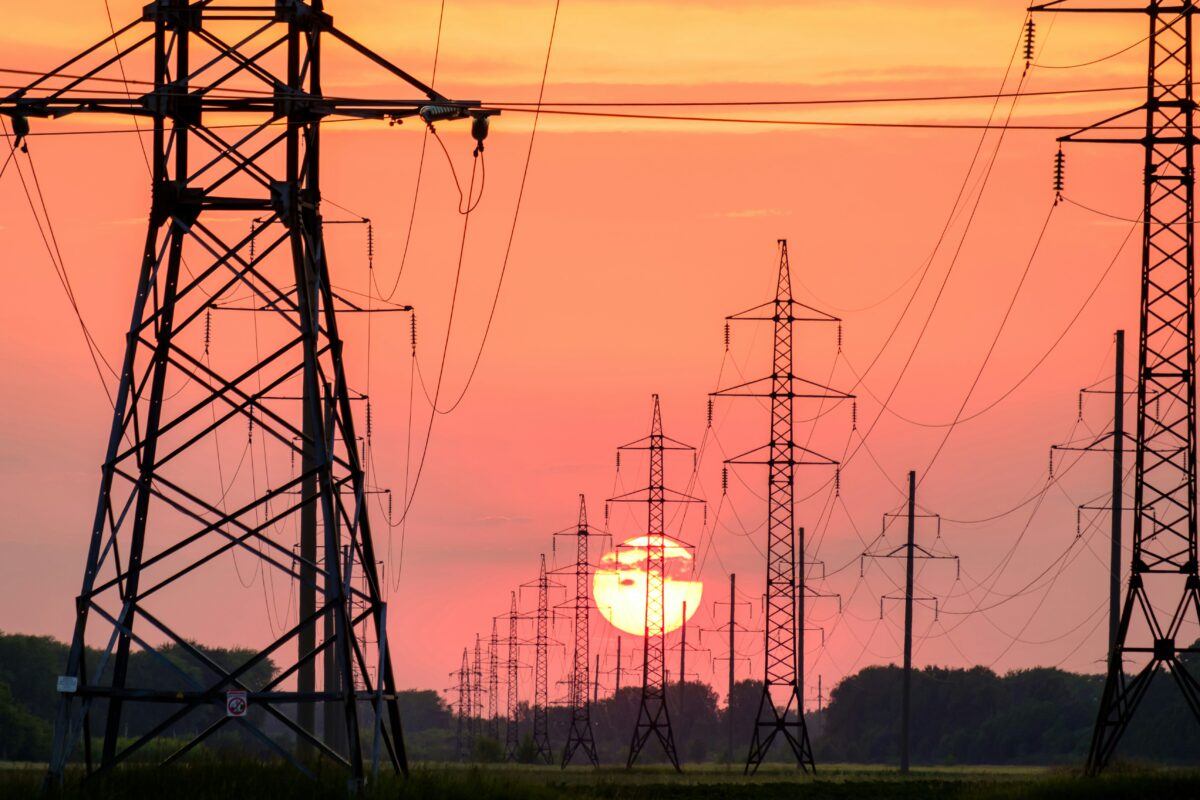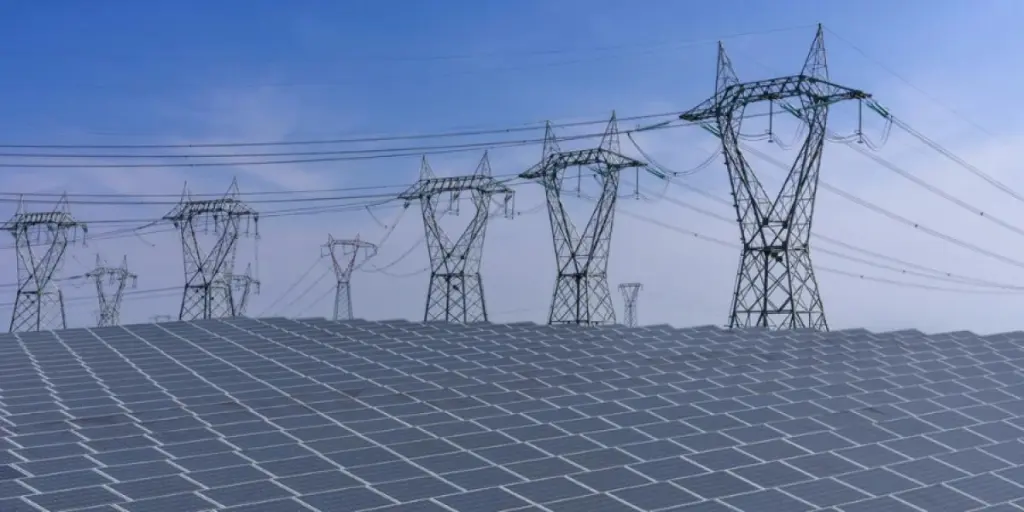The new IEA-PVPS Task 19, succeeding Task 14, aims at fostering sustainable PV grid integration and invites experts from diverse countries, disciplines, and organizations to join its ambitious projects, with the aim of reshaping the future of electric power networks and positioning PV as a dominant force within evolving power systems.

In the midst of a global transition toward renewable energy sources, the integration of photovoltaics (PV) into existing power systems emerges as a critical challenge. IEA-PVPS Task 19, aiming to start in summer 2024 and succeeding Task 14 which focussed on principles of PV integration, will endeavor to tackle key issues hindering sustainable PV grid integration in practice. To address the multifaceted challenges of PV grid integration, Task 19 will rely on experts worldwide, contributing diverse perspectives, experiences, and insights.
The Journey of IEA-PVPS Task 14
Task 14, established over a decade ago, aimed to promote grid-connected PV as a vital source in power systems with high renewable energy penetration. The primary goal was to overcome technical barriers associated with integrating dispersed generators, particularly in scenarios with elevated levels of renewable energy sources (RES). Task 14 collaborated with utilities, industry players, and stakeholders to develop technologies and methods for the widespread deployment of distributed, grid-connected PV technologies.
In the last years, the landscape changed significantly as PV adoption surged, and millions of systems are now in place, by far the most in terms of numbers connected to low-voltage networks. The global proliferation of feed-in laws in around 150 countries further complicated the situation for DSOs. The advent of electrical storage altered the paradigm, influencing investment decisions for grid operators and reshaping the way energy flows within the network.
The landscape continued to transform with the introduction of electric cars and heat pumps, thrusting DSOs into a multidimensional consideration of PV, e-mobility, and heating. In response, the concept of smart grids emerged as a solution, but not without its set of challenges, including visibility into connected systems, understanding network states, and the ability to react promptly to potential issues.
The current solutions and regulations, while functional, stem from a centralized mindset. The rise of decentralized electricity systems, coupled with the proliferation of photovoltaic storage, demands a transformative approach. Task 19 aims to identify barriers and lead a paradigm shift in how smart grids are conceptualized and executed by DSOs. The lessons learned from Task 14 lay the groundwork for the next phase, Task 19.
Task 19’s Ambitious Goals and the Call for Global Expertise
Task 19’s inception comes at a crucial juncture in the energy transition. With a heightened focus on grid integration, the new task aims to explore innovative solutions to propel PV into a dominant position within power systems. However, the success of Task 19 hinges on the active participation of experts from around the globe.
Strategic Topics with a Global Perspective
- Planning:
One of the primary challenges in PV integration lies in the lack of standardized grid planning structures, especially for medium and low voltage, which is why Task 19 envisions active participation from the PV community in grid planning. Conflicts during approval and commissioning processes will be scrutinized, with a focus on international interconnection standards and potential improvements through digitalization. The aim is to create an overview of international grid connection standards and best practices for approval procedures. A centralized, standardized, and digital registration system for PV systems should be developed, inspired by successful models in California and Australia.
The goal for Task 19 is to create a tool that facilitates international cooperation, setting standards and regulations for seamless integration.
- Grid Integration Solutions:
Smart grids emerge as a critical component in dealing with the integration of PV, electromobility, and heat pumps. Currently, DSOs implement different strategies to host decentralized energy systems in their networks aiming at visibility and controllability within their networks down to low voltage and the final customer. Task 19 will delve into leveraging smart meter data, integrating smart inverters, exploring artificial intelligence applications, and addressing cybersecurity.
As synchronous generation declines, grid-forming inverters become crucial. The plan is to study demonstrative projects, review grid codes and standards, and identify best practices. Task 19 aims to offer an overview of solutions and recommendations for research, standardization organizations, and inverter manufacturers.
- Market Integration and Control:
Power management strategies and curtailment become focal points for PV integration in the market. Drawing lessons from success stories, such as Australia’s flexible export limit, Task 19 aims to develop effective measures that allow PV systems to participate optimally in energy markets without compromising network stability.
- Network Services and Innovation:
Task 19 recognizes the pivotal role of electronic development in ensuring that inverters support the network effectively. By bringing together expertise from various countries, the Task aims to foster innovation in network services, addressing the evolving needs of the decentralized energy landscape.
In the journey towards redefining photovoltaic grid integration, IEA-PVPS Task 19 emphasizes the need for a global collaboration of diverse expertise. As we navigate the challenges of an evolving energy landscape, Task 19 invites professionals worldwide to contribute to practical solutions. If you are interested, please contact your national PVPS ExCo representative, whose contact data can be found here.
Author: Bettina Sauer
This article is part of a monthly column by the IEA PVPS programme. It was contributed by IEA PVPS Task 14.
The views and opinions expressed in this article are the author’s own, and do not necessarily reflect those held by pv magazine.
This content is protected by copyright and may not be reused. If you want to cooperate with us and would like to reuse some of our content, please contact: editors@pv-magazine.com.
Source from pv magazine
Disclaimer: The information set forth above is provided by pv-magazine.com independently of Alibaba.com. Alibaba.com makes no representation and warranties as to the quality and reliability of the seller and products.




